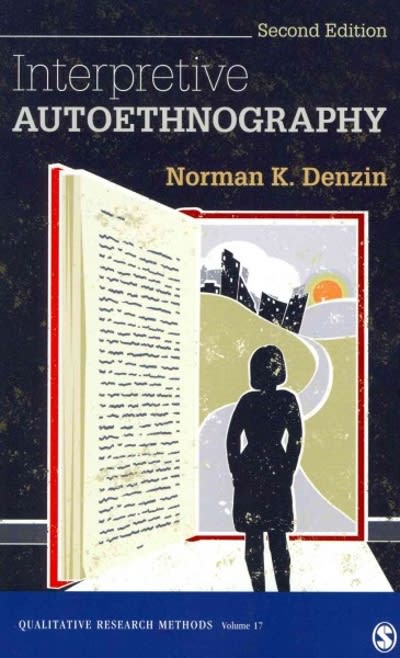Question
Hello, I am writing a method section. I have written so far here, but I need help to elaborate more on that rubric. Method Participants
Hello, I am writing a method section. I have written so far here, but I need help to elaborate more on that rubric.
Method
Participants
The participants in this study consisted of freshmen students at Cal State Dominguez Hills during 2023. A total of 63 students voluntarily participated in the survey. The sample was stratified to ensure therepresentation of male and female participants. The final sample comprised 16 male students and 47female students.
Materials
Sleep Quality Questionnaire: A self-report questionnaire was used to assess the participants' sleep quality. The questionnaire consisted of items adapted from established sleep quality assessment tools, such as the Pittsburgh Sleep Quality Index (PSQI). It covered aspects like sleep duration, sleep disturbances, sleep efficiency, and overall sleep quality.
Academic Success Metrics: Academic success was measured using students' self-reported grade point averages (GPA) from their first semester at Cal State Dominguez Hills.
Demographic Information: Participants were asked to provide basic demographic information, including age and gender.
Procedure
Recruitment: Participants were recruited through university-wide email announcements and in-class announcements. Participation was voluntary, and informed consent was obtained from all participants. They were informed that the study aimed to investigate the relationship between sleep quality and academic success in freshmen students.
Survey Administration: The survey was administered electronically using a secure online survey platformQualtrics. Participants were provided with a unique survey link, and they were instructed to complete the questionnaire during a specified period.
Data Collection: Participants were asked to respond to the Sleep Quality Questionnaire and provide their academic success information (GPA) for their first semester. The survey also collected demographic information, including age and gender.
Data Analysis: Data analysis was conducted using statistical software e.g., SPSS. Sleep quality data were analyzed to determine the participants' sleep patterns, sleep disturbances, and overall sleep quality. Academic success was measured by the self-reported GPA. Comparative analysis was carried out to examine potential differences between male and female students in sleep quality and academic success.
Ethical Considerations: This study was conducted in accordance with ethical guidelines, ensuring the privacy and confidentiality of participants. All data were anonymized, and participation was entirely voluntary.
Data Analysis
Statistical analysis included descriptive statistics, such as means, standard deviations, and frequencies, to describe the sleep quality and academic success of the participants. To assess the differences between males and females in sleep quality and academic success, independent sample t-tests or non-parametric tests were conducted, depending on the distribution of the data. A significance level of p < 0.05 was set for all analyses.
Limitations
Several limitations of this study should be noted, including potential self-report bias, the limited scope of the survey, and the reliance on GPA as the sole measure of academic success.
Conclusion
The methodology employed in this study aimed to investigate the relationship between sleep quality and academic success in freshmen students, with a specific focus on gender differences. The data collected and analyzed will be reported in the results section to provide insights into how sleep quality may impact academic performance differently among male and female students.
Laura R
1
Our breakdown is: Freshmen 15 Sophomore 6 Junior 24 Senior 18 A total of 63 participants
Laura R
1
Age breakdown is: 18-has 9 19-has 8 20-has 6 21-has 6 22-has 6 23 and older-has 26
For age 2 participants did not fill in their age.
1
Gender breakdown is: Female- 47 Male- 16
| Participants |
|
|---|---|
| Materials |
|
| Procedure |
|
Step by Step Solution
There are 3 Steps involved in it
Step: 1

Get Instant Access to Expert-Tailored Solutions
See step-by-step solutions with expert insights and AI powered tools for academic success
Step: 2

Step: 3

Ace Your Homework with AI
Get the answers you need in no time with our AI-driven, step-by-step assistance
Get Started


